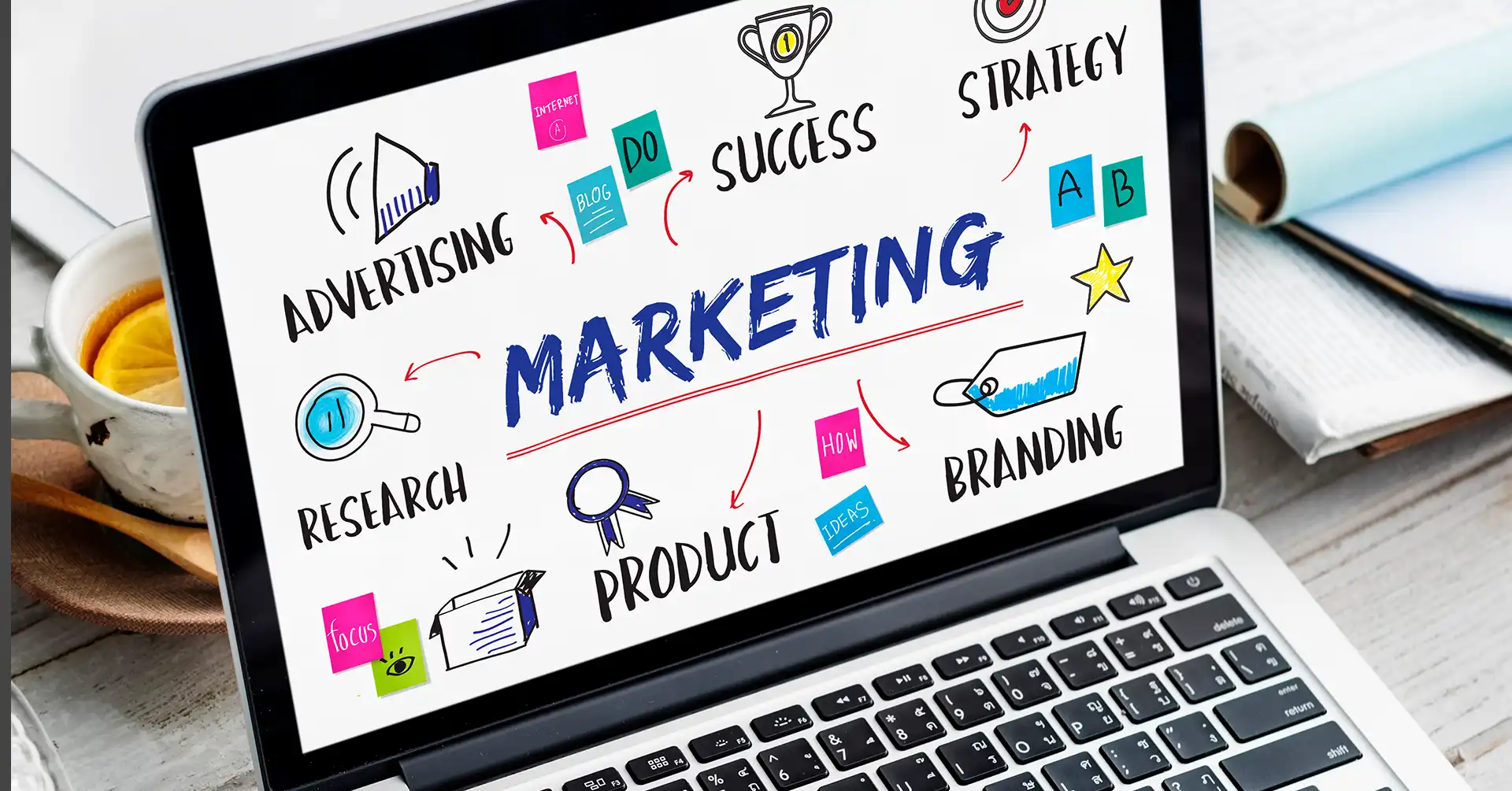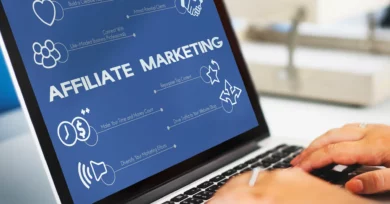Inbound Marketing is a beacon of innovation in today’s digital landscape, transforming how businesses attract, engage, and convert customers. In this section, we’ll unravel the core concepts of Inbound Marketing, understanding its significance in the contemporary era and delving into the step-by-step process that leads to sales. Let’s embark on this journey to discover the Winning Formula: Leads to Sale.
Inbound Marketing: A Customer-Centric Approach
At its essence, Inbound Marketing is a customer-centric methodology. It’s about creating valuable and relevant content that naturally attracts potential customers towards your brand. Unlike traditional advertising methods, Inbound Marketing doesn’t interrupt, but rather engages and informs. By focusing on creating content that resonates with your target audience, businesses can establish trust and credibility, paving the way for meaningful connections.
Importance of Inbound Marketing in the Digital Age: Adapting to Consumer Behavior
In the ever-evolving digital age, consumer behavior has shifted dramatically. Today’s customers are savvy; they research, compare, and make informed decisions. This change necessitates a shift in marketing strategies. Inbound Marketing aligns perfectly with this new consumer mindset. By providing valuable information, addressing pain points, and establishing a brand personality, businesses can connect with their audience on a deeper level. In essence, Inbound Marketing is not just a strategy; it’s a response to the digital consumer’s demand for meaningful interactions and relevant content.
Overview of the Winning Formula: Leads to Sale
Now, let’s break down the Winning Formula: Leads to Sale. This comprehensive approach encompasses every stage of the customer journey, ensuring a seamless transition from potential leads to satisfied customers.
- Attracting Potential Leads: Through compelling blog posts, social media content, and search engine optimization, businesses draw potential customers in. By addressing common queries and concerns, brands establish themselves as authorities, capturing the attention of their target audience.
- Engaging and Nurturing Leads: Once the leads are in, it’s crucial to engage them effectively. This involves personalized email campaigns, informative webinars, and interactive content. By understanding the specific needs of leads, businesses can nurture these relationships, building trust and loyalty over time.
- Converting Leads into Customers: The ultimate goal of Inbound Marketing is to convert leads into paying customers. This is achieved through compelling sales pitches, persuasive product demonstrations, and effective communication. By showcasing how a product or service fulfills the needs of the customer, businesses can secure the deal and turn leads into sales.
Difference Between Inbound and Outbound Marketing
In the world of marketing, understanding the distinction between inbound and outbound strategies is crucial. Inbound marketing, as the name suggests, involves drawing potential customers inwards, organically. This method focuses on creating valuable content that attracts people naturally. It’s akin to opening a door and inviting customers in, making them feel welcome and engaged.
Outbound marketing, on the other hand, is more traditional. It’s like standing on a street corner and shouting about your product or service, hoping someone passing by might be interested. Outbound methods include things like TV and radio ads, cold calling, and direct mail. Unlike inbound strategies, outbound marketing interrupts people in their daily lives, seeking their attention regardless of whether they’re interested or not.
Key Components of Inbound Marketing
Inbound marketing consists of several key components that work together to create a successful strategy.
- Content Creation: Inbound marketing starts with creating valuable, relevant, and informative content. This could be blog posts, videos, podcasts, or social media posts. The goal is to provide something that your audience finds useful, encouraging them to stay engaged.
- SEO and Keywords: Search Engine Optimization (SEO) is crucial for inbound marketing. It involves optimizing your content and website so that it appears in search engine results when people look for information related to your business. Keywords, or the words and phrases people use in search engines, play a vital role in this.
- Social Media Engagement: Social media platforms are powerful tools for inbound marketing. They allow you to connect with your audience, share your content, and engage in conversations. Social media helps in building relationships and trust, key factors in inbound marketing success.
Buyer’s Journey: Awareness, Consideration, Decision
Understanding the buyer’s journey is fundamental in inbound marketing. It’s like accompanying a potential customer on their shopping trip, understanding their needs, and guiding them to make the right choices.
- Awareness: This is the first stage where a person becomes aware of a problem or a need. In inbound marketing, your goal is to create awareness about how your product or service can solve their problem. This is often done through blog posts, social media content, or informative videos.
- Consideration: Once the potential customer is aware of their problem, they start researching solutions. At this stage, your content should focus on providing in-depth information about your product or service. Case studies, product demos, and comparison guides are useful here.
- Decision: In this final stage, the potential customer is ready to make a decision. They might be comparing different options, looking for the best deal, or seeking customer reviews. Your content should now emphasize what sets your product or service apart, such as customer testimonials, special offers, or unique features.
Creating a Strong Inbound Marketing Strategy
Inbound marketing is all about drawing potential customers in naturally, rather than pushing a product or service onto them. Crafting a robust inbound marketing strategy is crucial for success. Let’s break down the essential elements in a simple and clear way:
Identifying Your Target Audience
The first step in any successful marketing strategy is understanding who your audience is. Identify your ideal customers – their interests, demographics, and problems your product or service can solve. By knowing your audience, you can tailor your content and approach to meet their specific needs and preferences.
Content Creation and Optimization
Once you know your audience, create content that resonates with them. Content can be in various forms like blog posts, videos, infographics, or podcasts. Make sure your content is not just informative but also engaging. Use language that your audience understands and relates to. Optimize your content by making it easily readable, visually appealing, and relevant to your audience’s interests.
Utilizing SEO and Keywords
Search Engine Optimization (SEO) is like a roadmap for search engines to find your content. It involves using relevant keywords that your target audience might use when searching for products or services similar to yours. Research these keywords and strategically incorporate them into your content. This helps your content rank higher in search engine results, making it more likely for your potential customers to find you.
Social Media Engagement Strategies
Social media platforms are powerful tools for inbound marketing. Determine which platforms your target audience frequents the most and establish your presence there. Engage with your audience by posting relevant content, responding to comments, and participating in conversations. Social media is not just about promoting your product; it’s about building relationships and trust with your audience.
Generating Quality Leads: The Cornerstone of Inbound Marketing
Generating quality leads is the bedrock of successful inbound marketing. It’s not just about attracting a lot of attention; it’s about drawing in the right kind of attention—potential customers genuinely interested in your product or service. Here are essential strategies to ensure you’re not just collecting leads, but nurturing relationships that can turn leads into loyal customers.
Lead Magnet Creation: Captivating Your Audience
A lead magnet is like a tempting offer that your potential customers can’t resist. It could be a free e-book, a webinar, a discount coupon, or any valuable content related to your business. Creating an enticing lead magnet is about understanding your audience’s pain points and providing a solution in exchange for their contact information. The key is to make it valuable, relevant, and easy to access, ensuring that your audience willingly shares their details to gain access to your offer.
Landing Page Optimization: Crafting the Perfect First Impression
Your landing page is where your audience lands after clicking on your lead magnet or an ad. It’s the first impression they have of your business. Optimizing your landing page is crucial to keep your visitors engaged and motivated to leave their information. Use clear and compelling headlines, concise yet persuasive content, and eye-catching visuals. Ensure your page is user-friendly, mobile-responsive, and has a straightforward form that asks only for necessary information. A well-optimized landing page enhances the chances of converting a visitor into a lead.
Email Marketing Best Practices: Building Lasting Connections
Email marketing remains a powerful tool in the world of digital marketing. Once you have collected leads, it’s vital to nurture these relationships through effective email campaigns. Personalize your emails based on the information you have about your leads. Craft compelling subject lines, engaging content, and visually appealing designs to capture and maintain your audience’s attention. Timing is crucial; send your emails at times when your audience is most likely to engage. By consistently delivering value through emails, you can build trust and keep your business on top of your leads’ minds.
Using CRM Systems for Lead Management: Organizing Your Leads Effectively
Customer Relationship Management (CRM) systems are invaluable in managing your leads efficiently. These systems help you organize your leads, track their interactions with your business, and automate various processes. By using a CRM system, you can segment your leads based on their interests, behaviors, and demographics. This segmentation allows you to tailor your marketing efforts, sending the right messages to the right people. Additionally, CRM systems enable you to track the journey of each lead, providing valuable insights that can be used to refine your marketing strategies further.
Converting Leads into Sales
Converting potential customers into actual buyers is the ultimate goal of any business. In the realm of inbound marketing, this process involves a series of strategic steps to ensure that leads progress through the sales funnel smoothly.
Sales Funnel Optimization
The sales funnel is like a journey that your potential customers take, from first hearing about your product or service to making a purchase decision. Optimizing this funnel means making every step as efficient and appealing as possible. It involves tweaking your website, content, and communication channels to guide leads seamlessly from awareness to consideration and, finally, to the decision phase.
Effective Sales Pitch Strategies
Crafting an effective sales pitch is an art. It’s about presenting your product or service in a compelling way that addresses the specific needs and interests of your potential customers. In the world of inbound marketing, this means aligning your pitch with the content and information your leads have already engaged with. By understanding their preferences, you can tailor your pitch to resonate with them, increasing the likelihood of a positive response.
Overcoming Common Sales Objections
During the sales process, potential customers often raise concerns or objections. These could be related to the product’s price, features, or suitability for their needs. Inbound marketing involves anticipating these objections based on the insights gathered from lead interactions. Addressing these concerns promptly and effectively can build trust and confidence, paving the way for a successful sale.
Closing Techniques in Inbound Marketing
Closing a deal is the culmination of all your efforts. In inbound marketing, the focus is on soft, consultative techniques rather than high-pressure tactics. This might involve offering additional resources, providing personalized demos, or offering limited-time discounts. The key is to make the prospect feel valued and understood, increasing the likelihood of them making the final purchase decision.
Conclusion
The power of inbound marketing in transforming leads into sales is evident in its customer-centric approach. By understanding the needs and preferences of potential customers, tailoring content and sales pitches accordingly, and addressing objections thoughtfully, businesses can create meaningful connections that lead to conversions. Inbound marketing not only streamlines the sales process but also establishes enduring relationships, making it a winning strategy for businesses in the digital age.
Read More:
Grow Your Small Business with Marketing- Here are The Best Tips!






